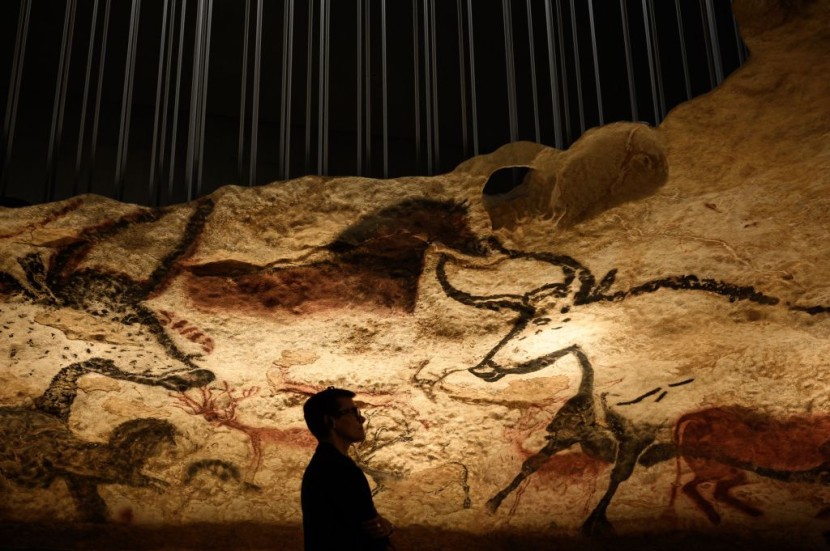
The discovery of strange figure art in Central Tanzania with giant heads as rock art done by unidentified artists confused archeologists who came across it.
They found the painted rock n the Swaga Swaga Game Reserve in 52 undocumented rock shelters, noted Proquest. Due to the effects of weathering, only a few are intact, and one particular artwork was unexplainable.
Rock Shelters From the Past
The rock shelter is designated Amak'hee 4 with a painted frieze that includes three uncanny human-like figures with big heads, reported Science Alert.
Archaeologist Maciej Grzelczyk of the Jagiellonian University in Poland claims that these could hint at identifying other, comparable trios of figures discovered in other rock art panels. He estimated that the Amak'hee 4 panel would be at least a few hundred years old in 2021, and dating it is challenging.
Apart from five white-painted figures, it is painted nearly entirely in red pigment. It was evident the weather pigment, and no domesticated beasts would point to an earlier period, pushing to before humans learned to farm and keep animals, cited List 23.
Animals that look similar to wildebeest, elands, buffalo, as well as a giraffe, and human-like figures with big heads, are represented on the panel. One group, nevertheless, stands out.
Three Odd Figures in the Rock Shelters
In 2021 Grzelczyk wrote that the Amak'hee 4 paintings feature the three-figure in particular. It could be the trio of figure-styled buffalo heads featured in the strange figure art. He describes the shapes as having the central dip of buffalo profile, where horns rise and curve outward, including downward ears.
Read Also : NASA's Orion Unmanned Spacecraft is Ready To Journey to the Moon as the First Return in Decades
Recalling the Sandawe culture, they come from those who lived in the region earlier but do not represent buffalo-headed people or buffalo shape shifters.
These images might be something else, but the buffalo is a part of Sandawe rituals in central Tanzania. But these mysterious figures can have an explanation not so arcane. A bit farther from Amak'hee 4 is the Kandoa region of central Tanzania, which depicts the trio in two rock shelter artworks.
One site is Kolo B2, with three figures standing side by side, but at Kolo B1, the exact figure is drawn horizontally and lying on the ground.
Amak'hee 4, Kolo B1, and Kolo B2 have the same trio with a big head, although the two Kolo sites feature stripes that can be seen as a headdress. Another interpretation is the Kondoa figures as a fancy hairstyle.
One peculiar element in the three rock shelters is the central line connecting the midsection, the same arrangement even where arms and legs are pointed. But Amak'hee 4 differs with a head having a solid color with more focus than other elements in the images.
Also, the Kolo B1 and B2 are smaller and make this main motif the central focal point around which the rest of the story appears to revolve. Grzelczyk pointed out Kolo friezes are isolated and have no connection to the entirety of the rock paintings.
To this day, at Kondoa, some sites are used by the Sandawe for rituals, and they are also known to them. The strange figure art with a big head at the three rock shelter sites in Central Tanzania needs more research as the friezes are still mysterious, mentioned Antiquity.
Related Article: Pictish Symbol Stone Found at Aberlemno Depict Scenes of Critical Battle Fought in Scotland
© 2025 HNGN, All rights reserved. Do not reproduce without permission.








